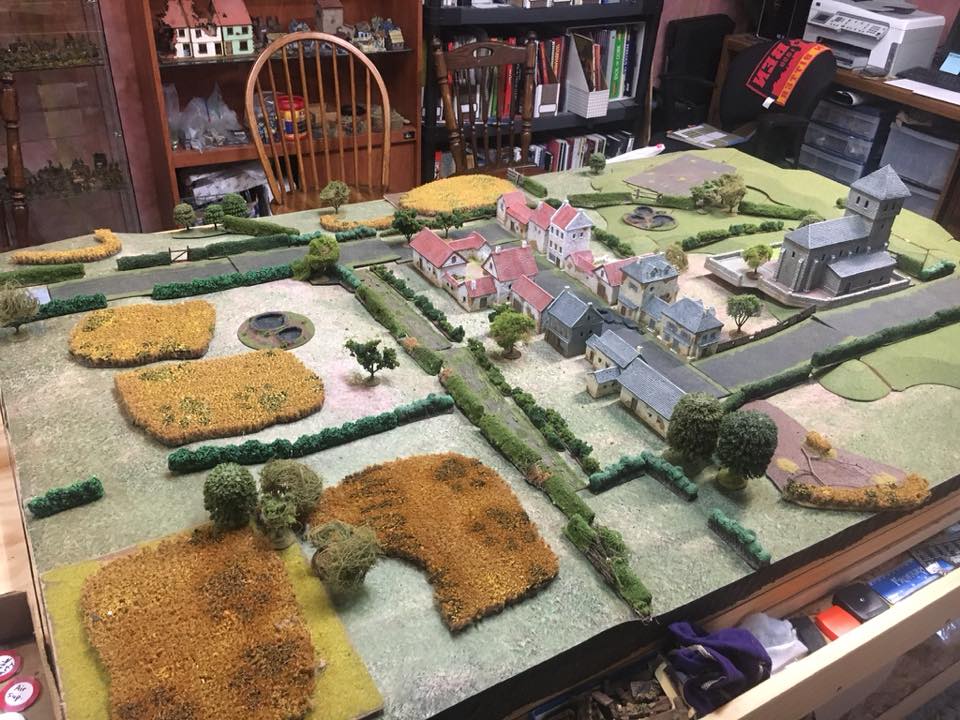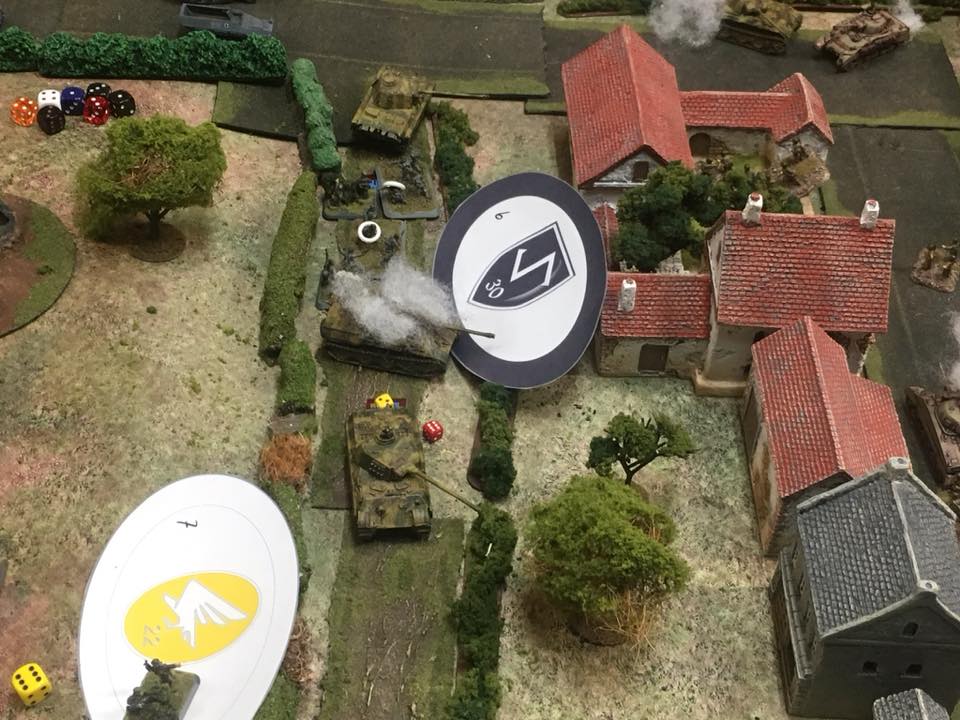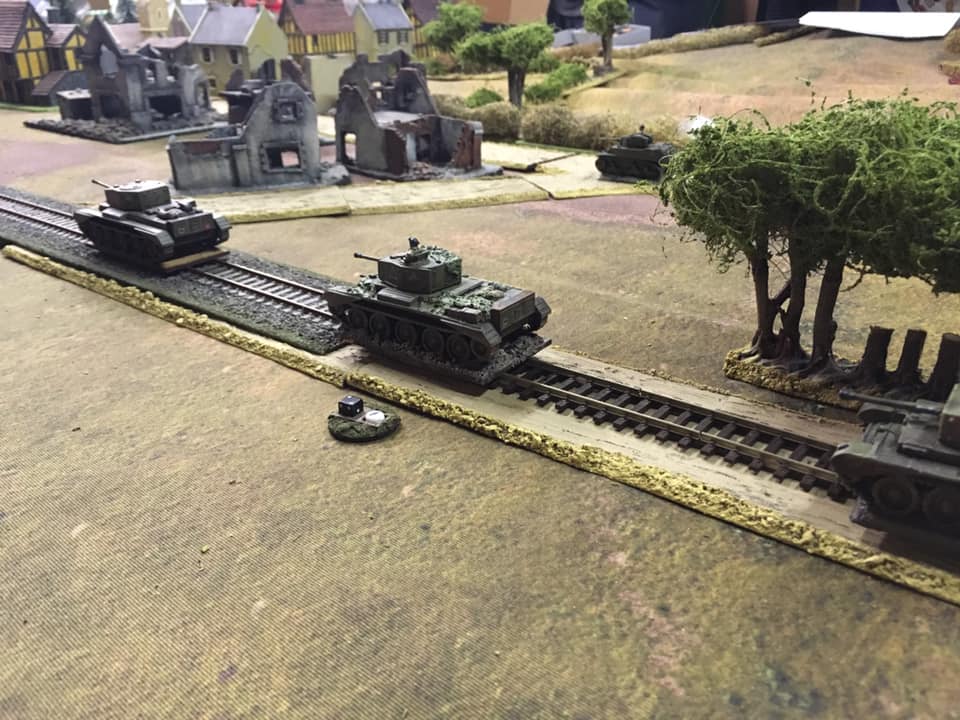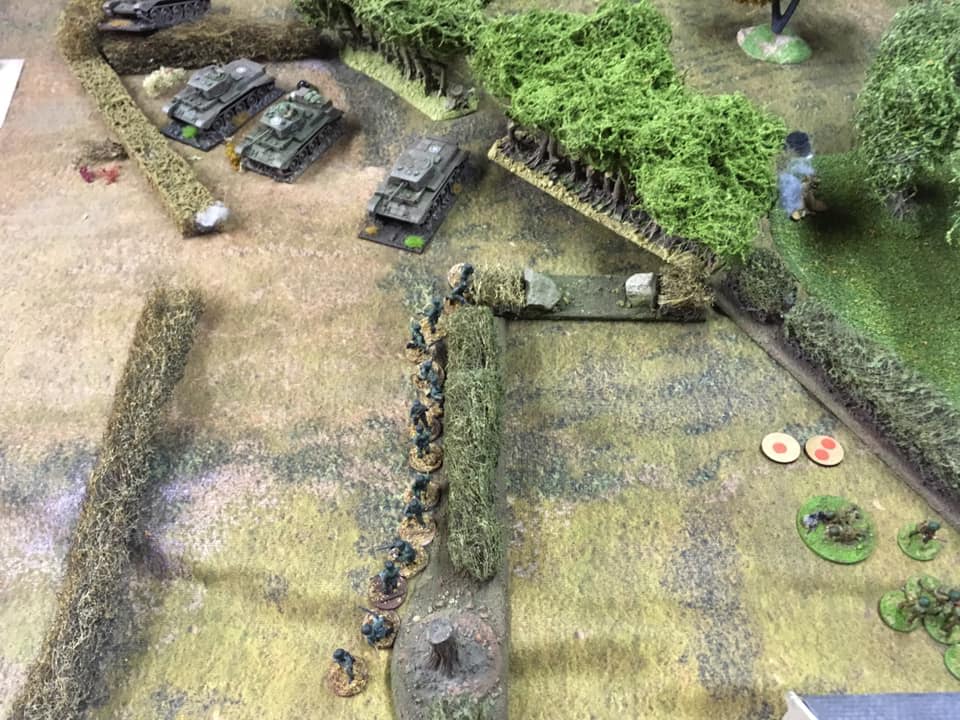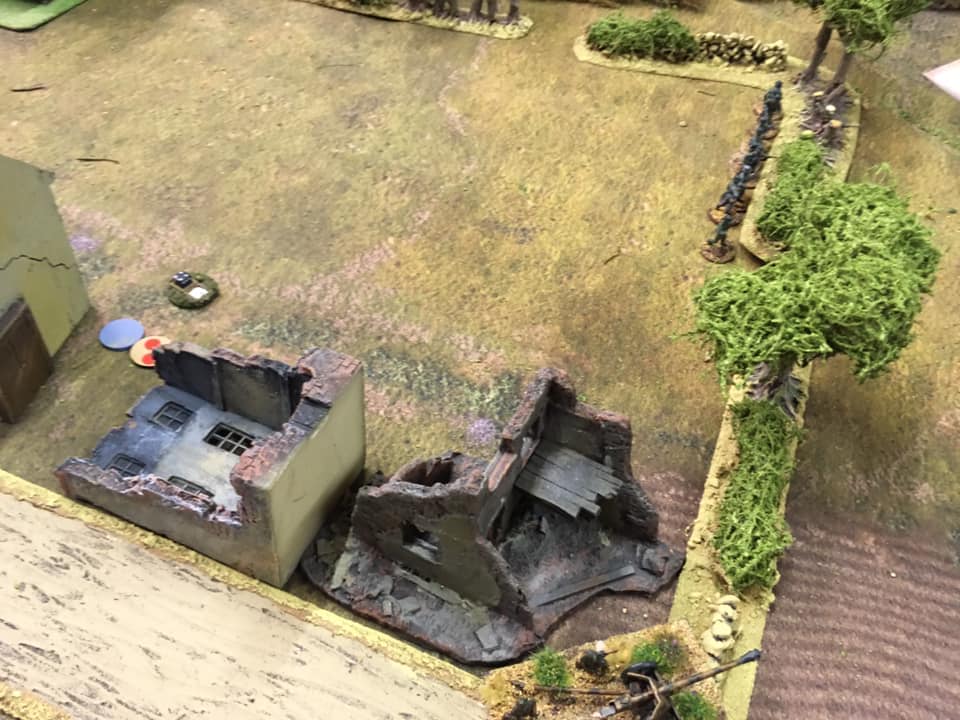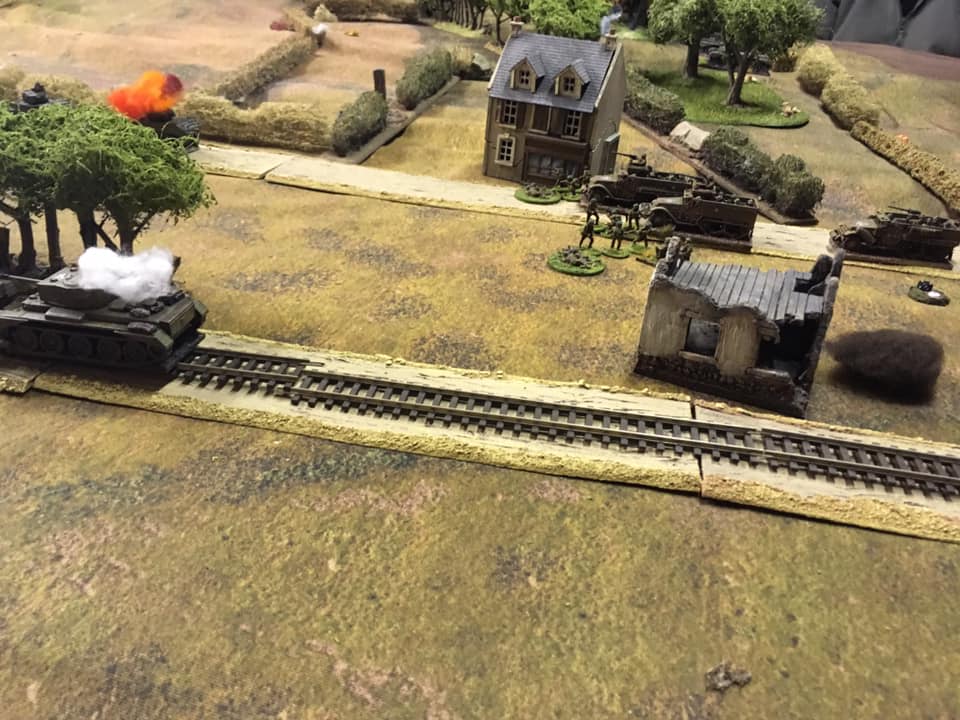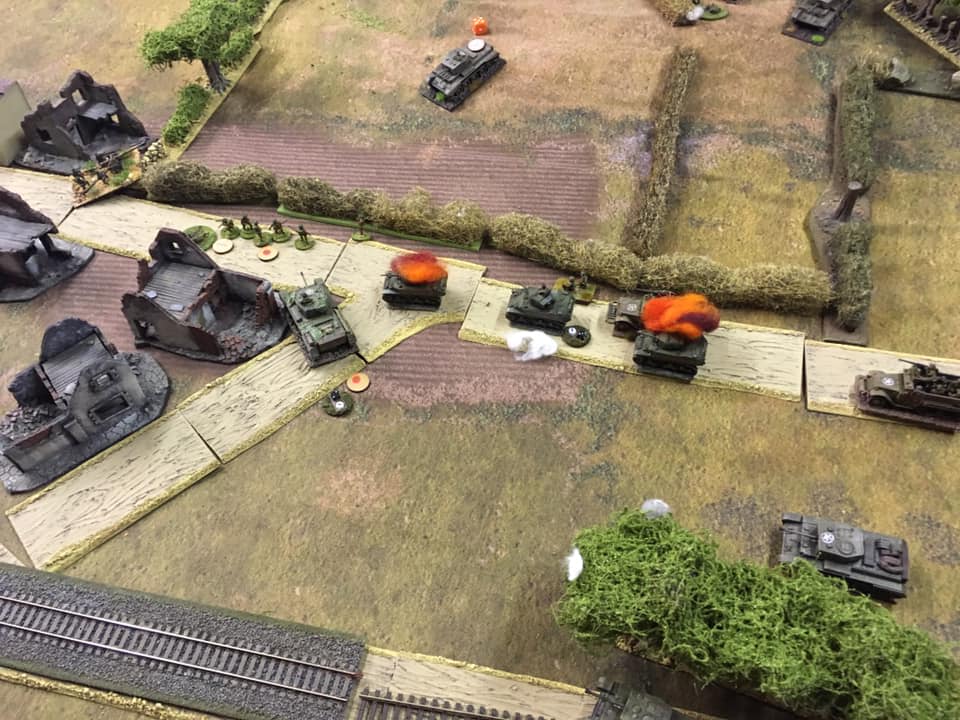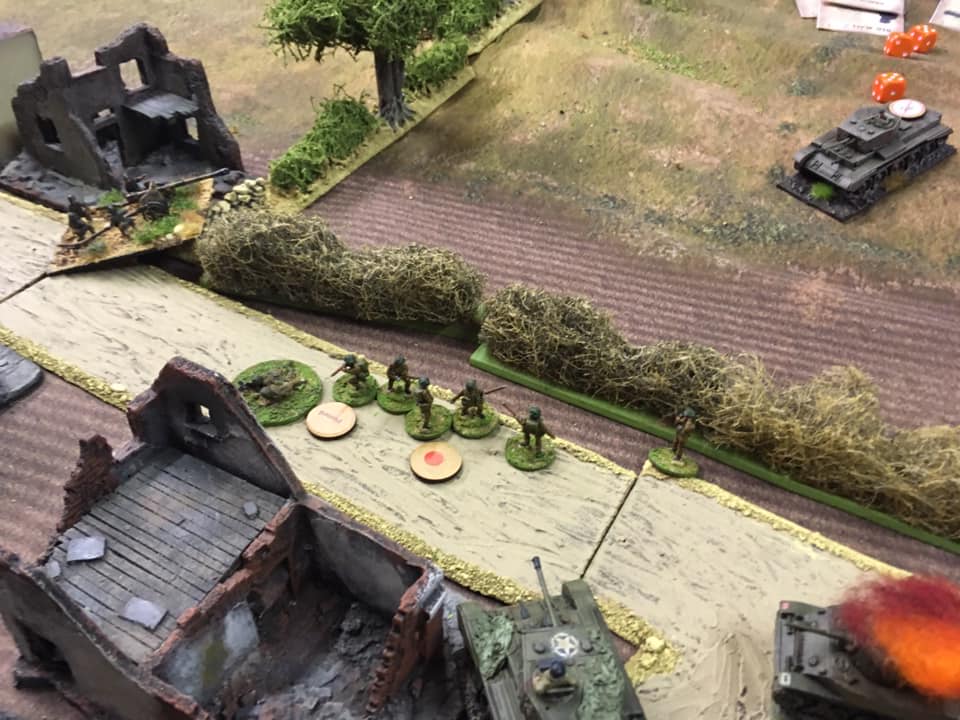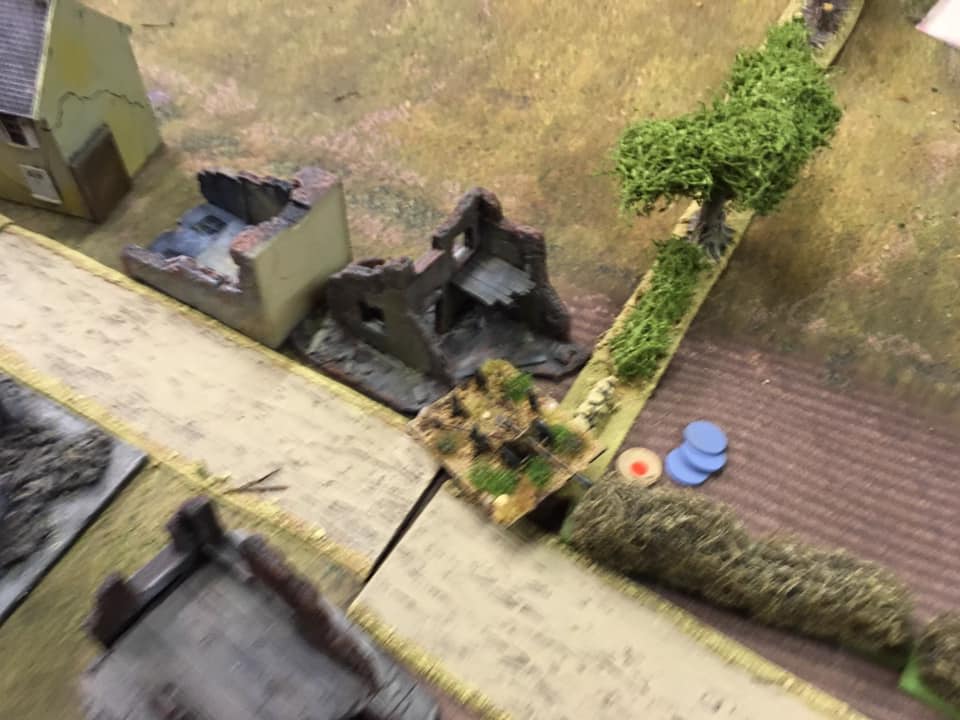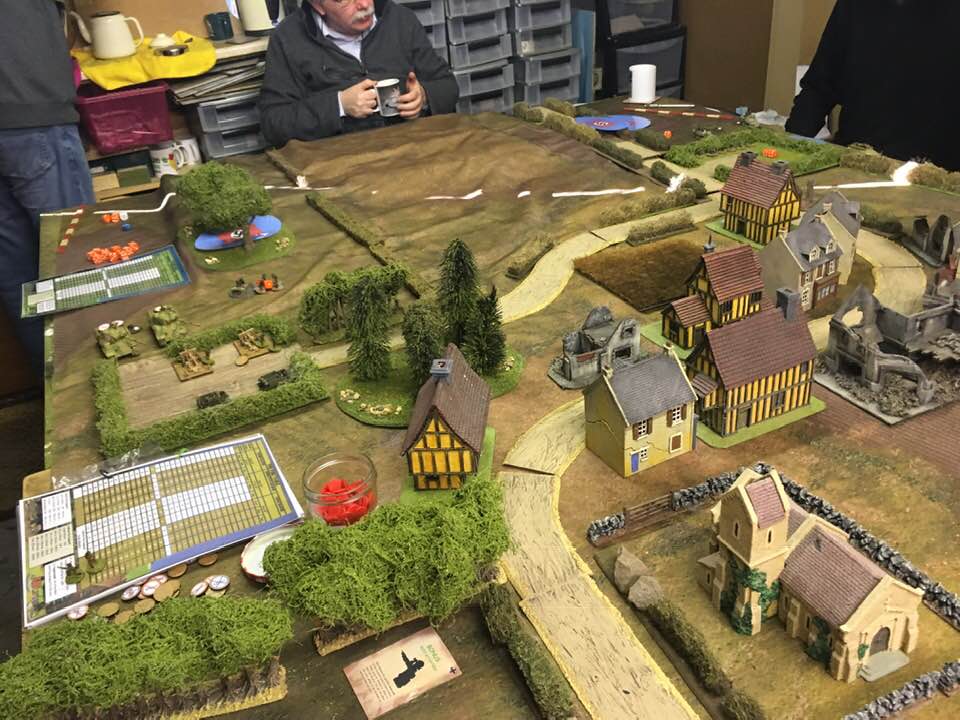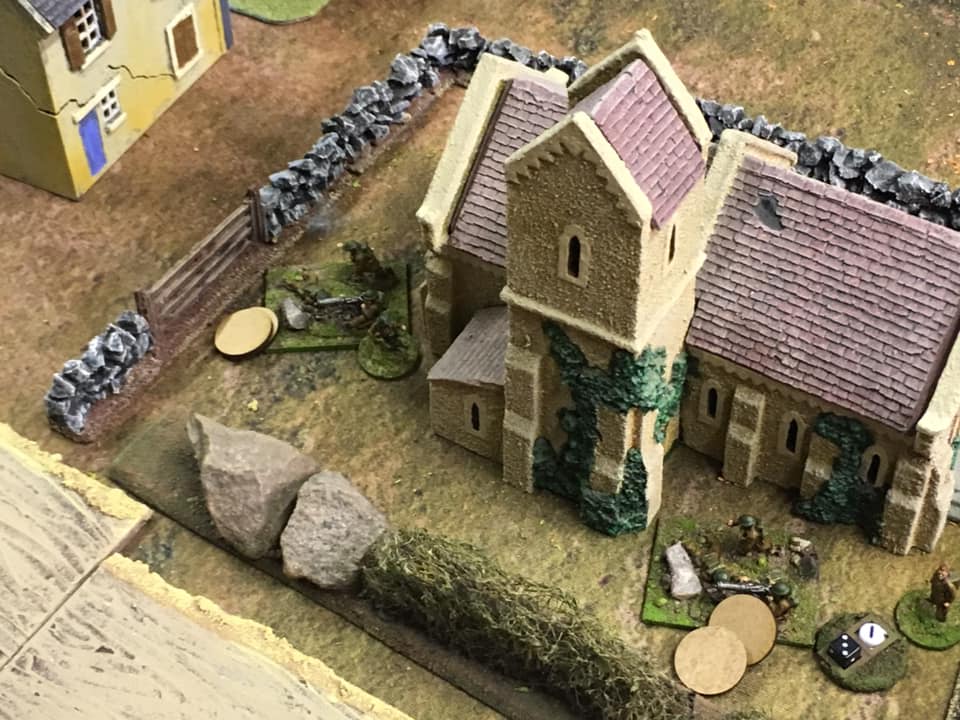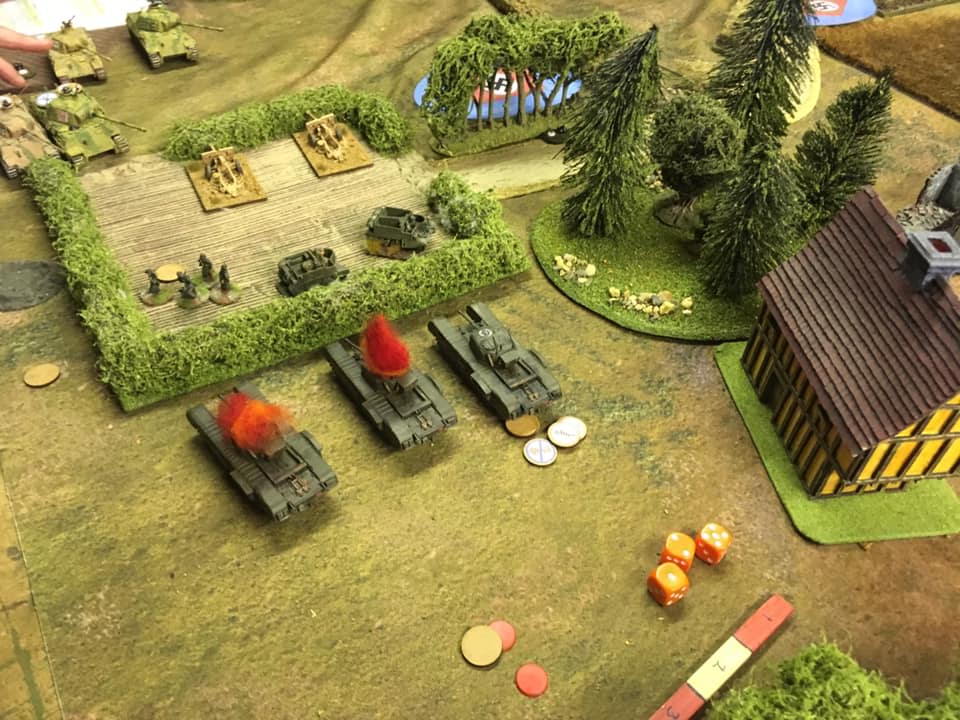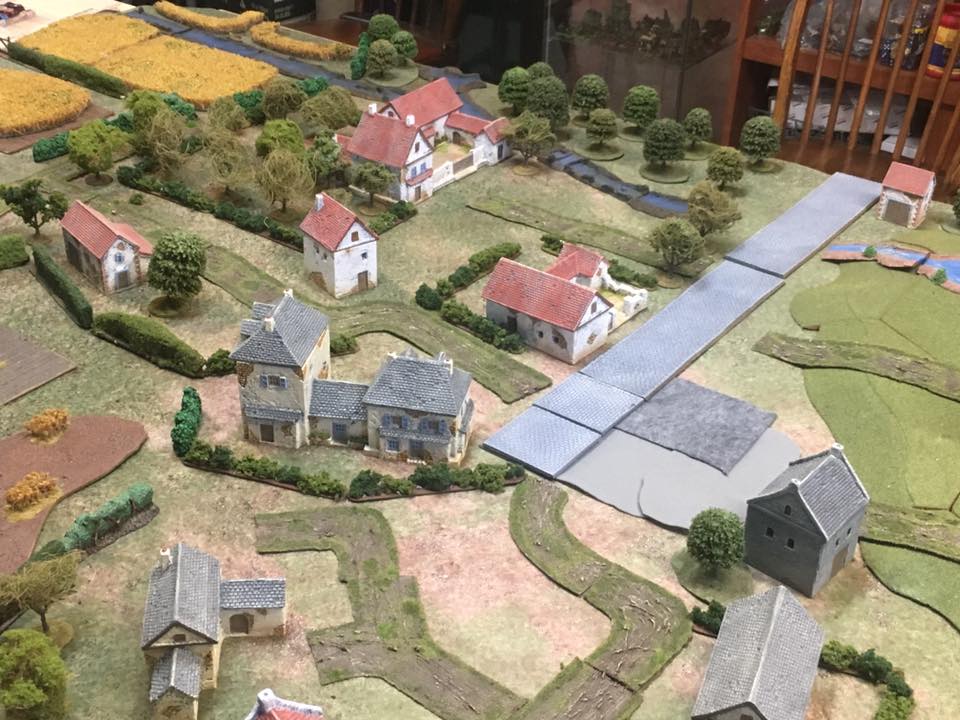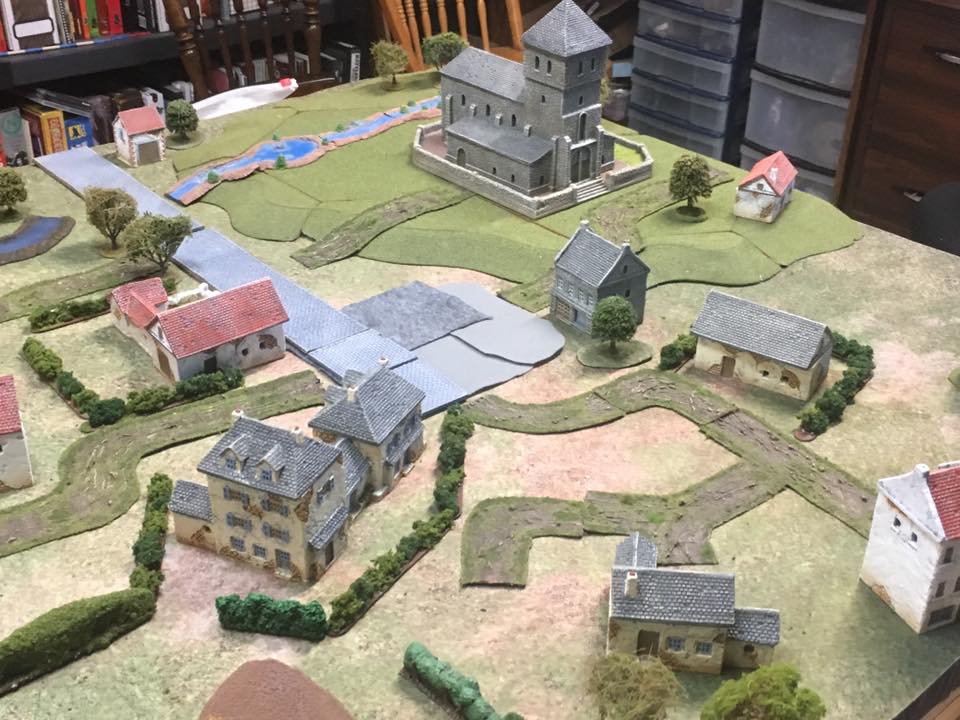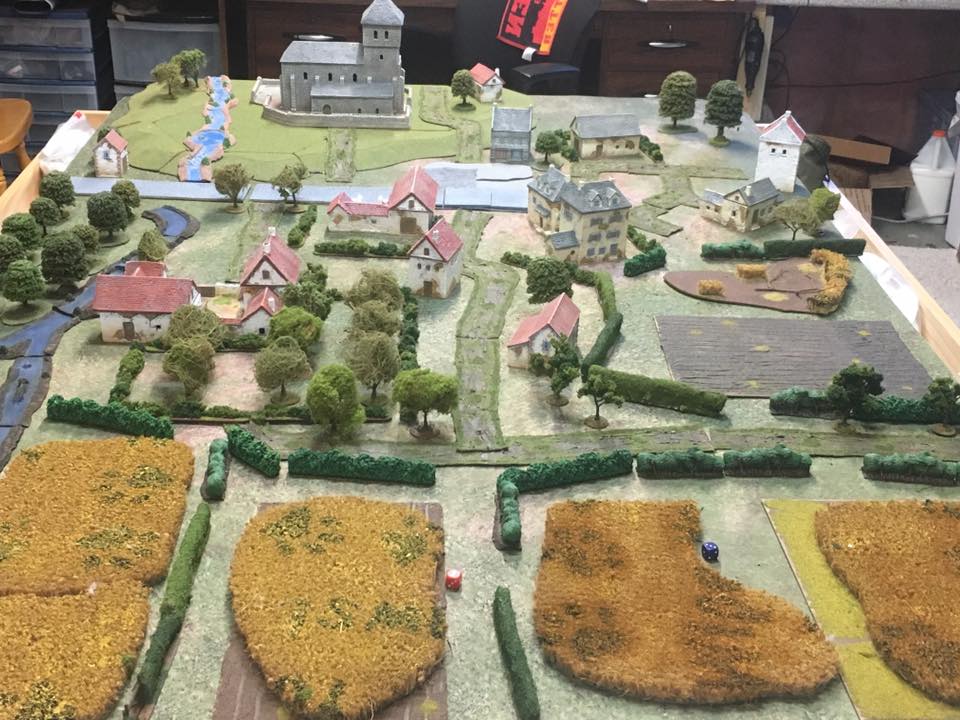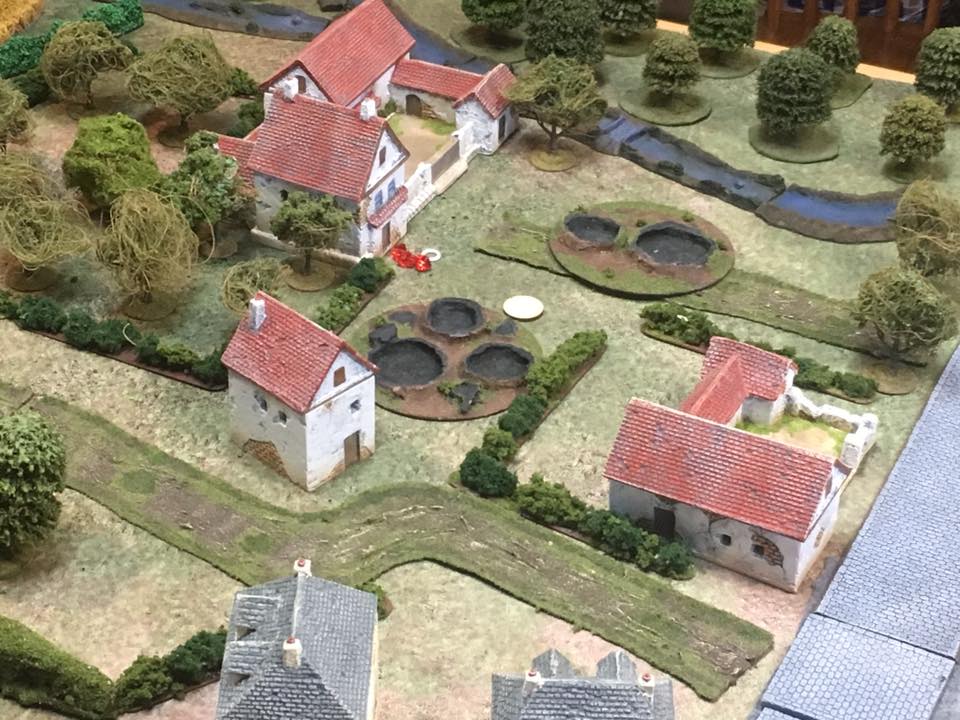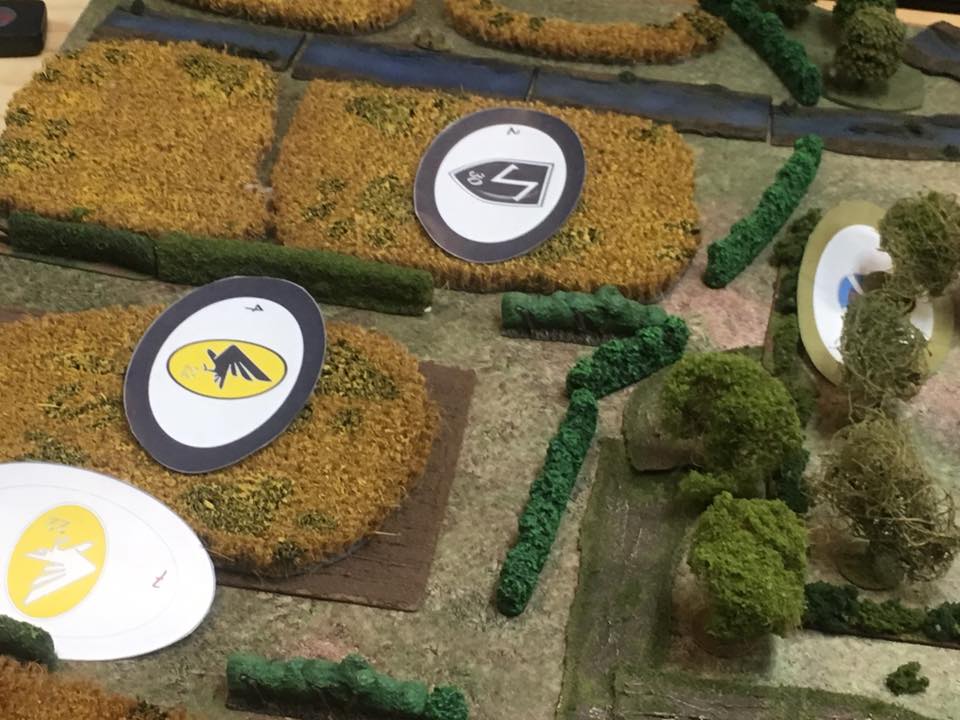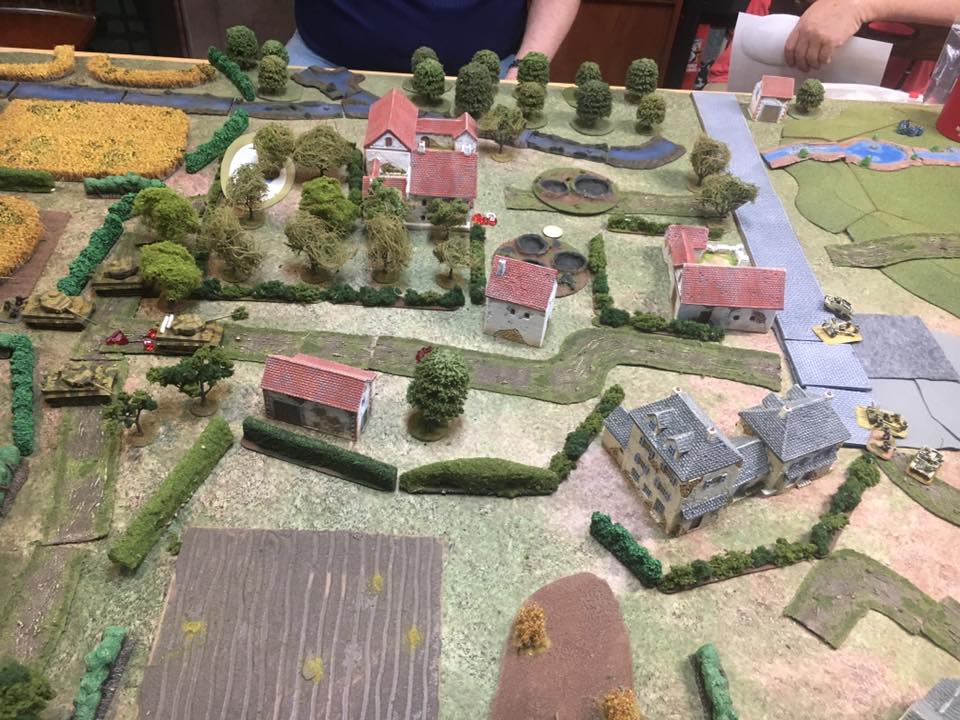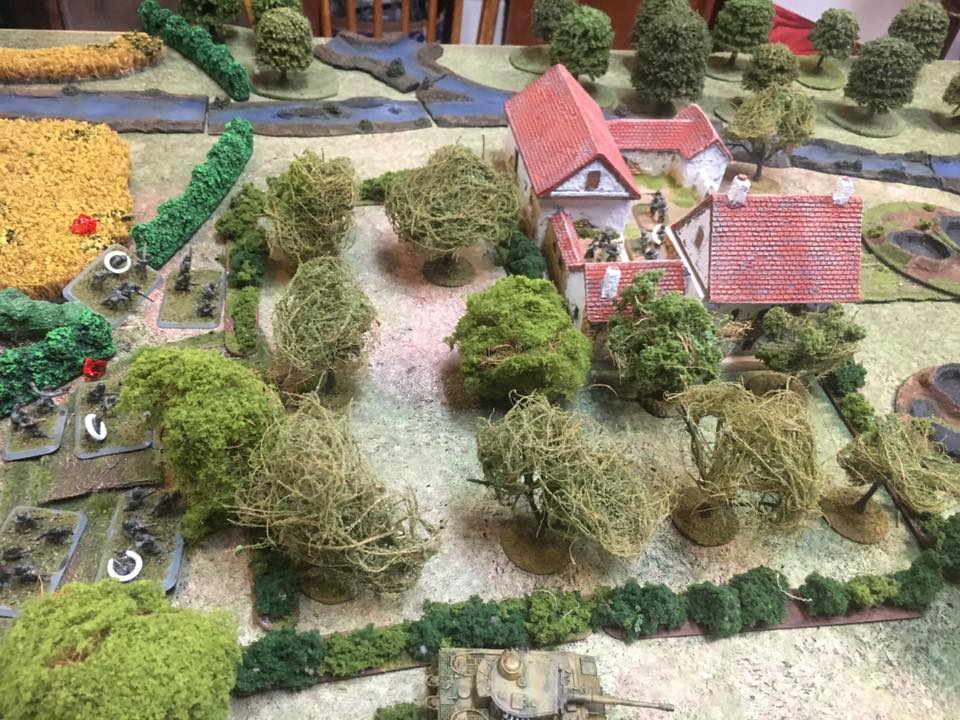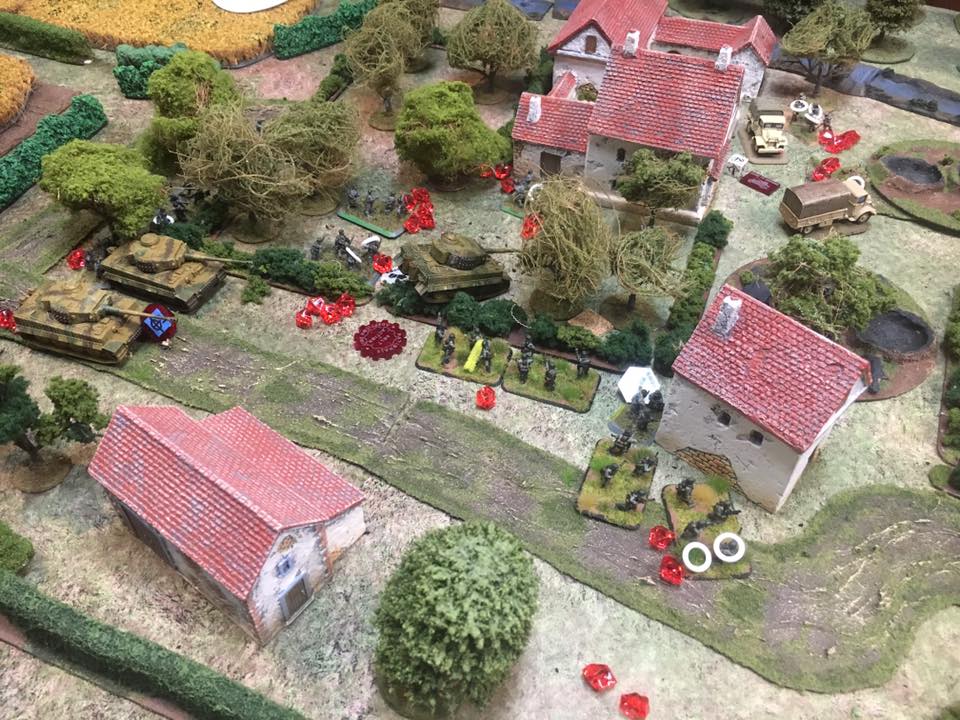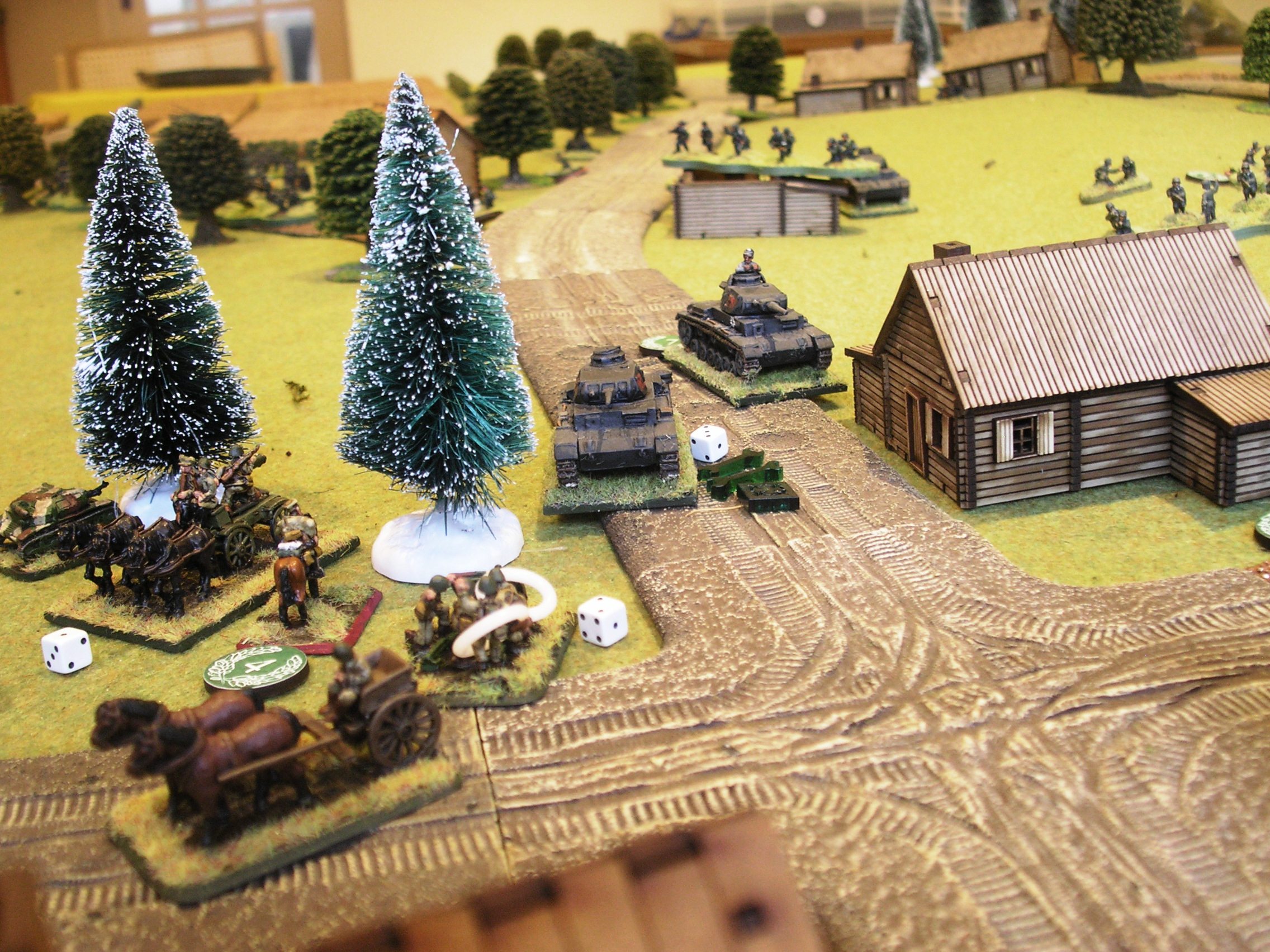The Italians
John would play the Italians. His choice, I hasten to add!
At his disposal, he had a three-platoon company of infantry consisting of a total of fourteen truck-mounted infantry squads and three AT rifle teams. These were supported by two platoons of tanks, with each platoon consisting of three M14/41 tanks, one Semovente 75/18 assault gun, and one L6/40 light tank. The Italians also had no particular shortage of Big Men or radios.
The British (or rather Scots!)
The Scots Guards holding the hills consisted of a three-platoon company of top class, stubborn, aggressive infantry (I shall refrain from commenting any further - the mother-in-law is from the Granite City - but there was no way the Italians were having our hills!) with plenty of Big Men, light mortars and anti-tank rifles.
Supporting them was a single Vickers MMG and a single 2pdr anti-tank gun (I think I was supposed to have two of these, but settled for one gun with a Bonus Fire card) plus an attached tank platoon of two M3 Grants, two A15 Crusaders and an M3 Stuart “Honey”. We’ll dispense with this last: the Honey spent just about the entire game Bogged Down, never getting to fire a shot and barely even catching sight of the enemy!
I decided to keep my armour in reserve, positioning them on the track, out of sight just behind the ridge.







